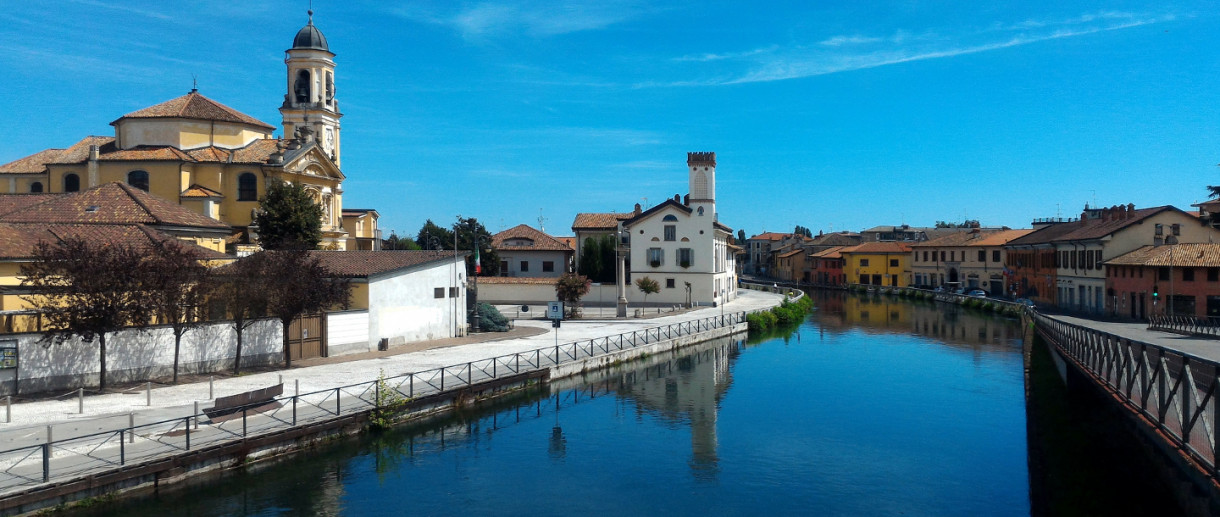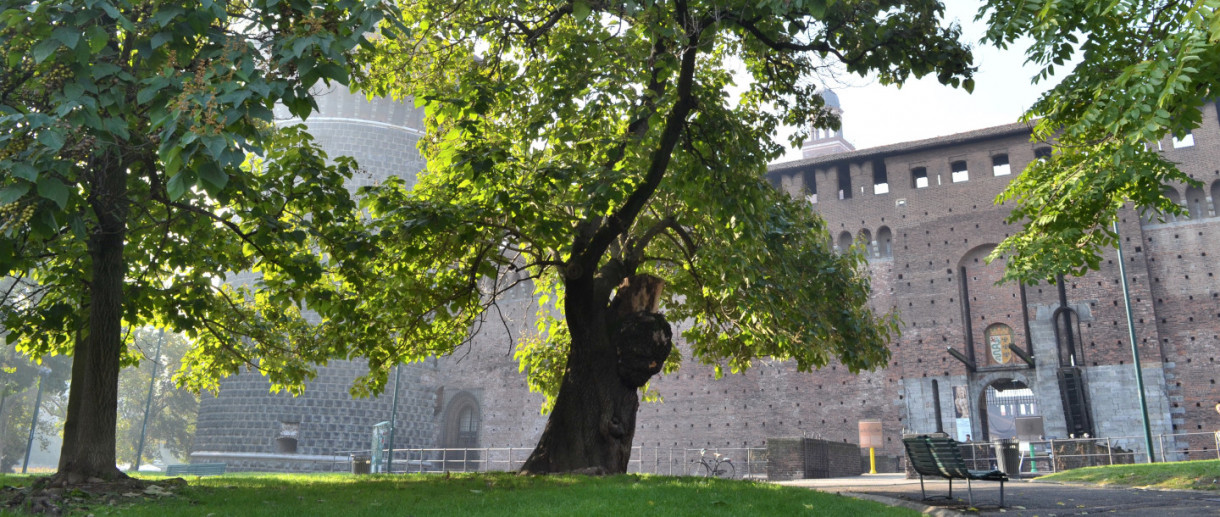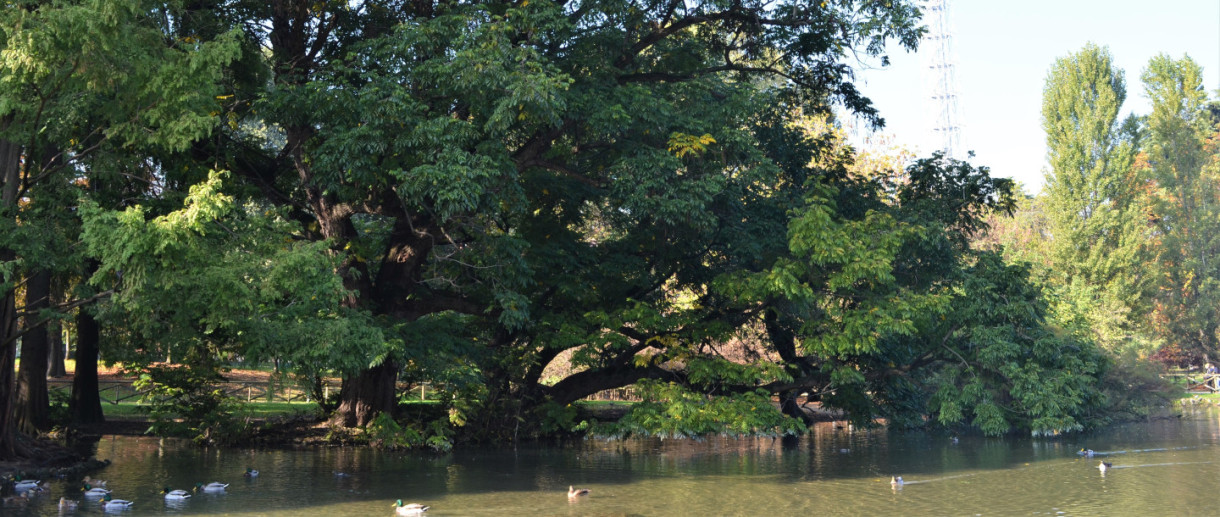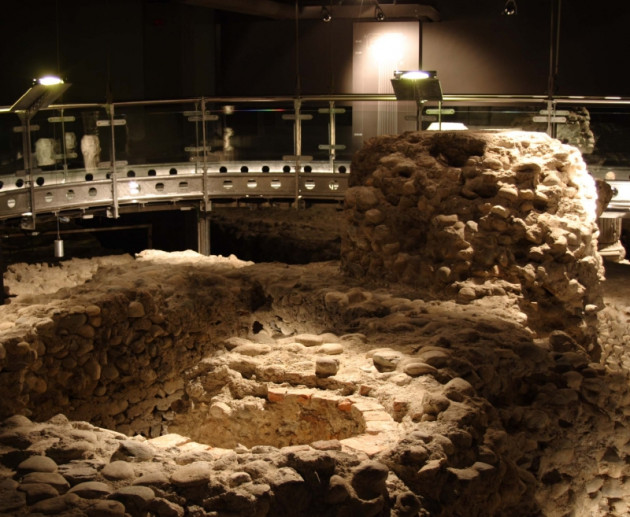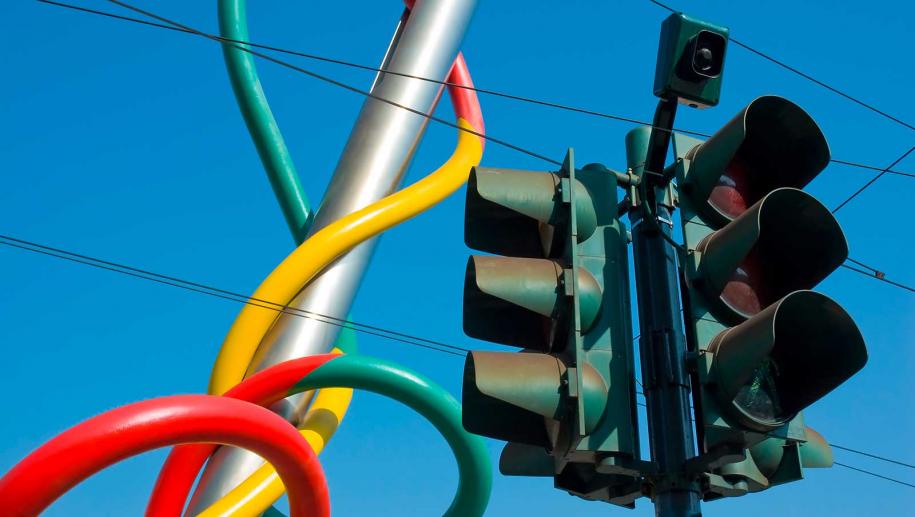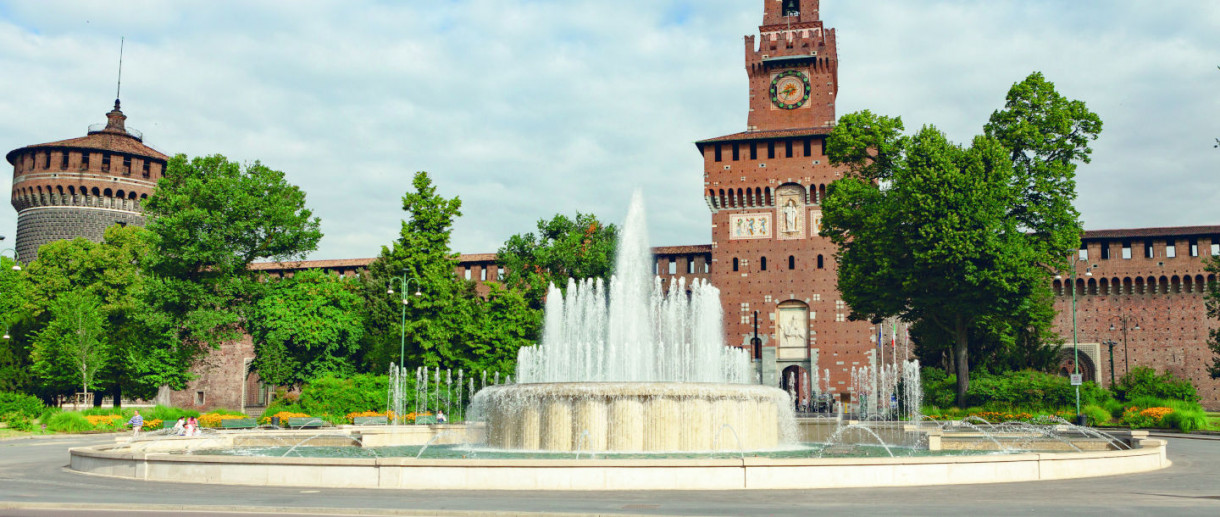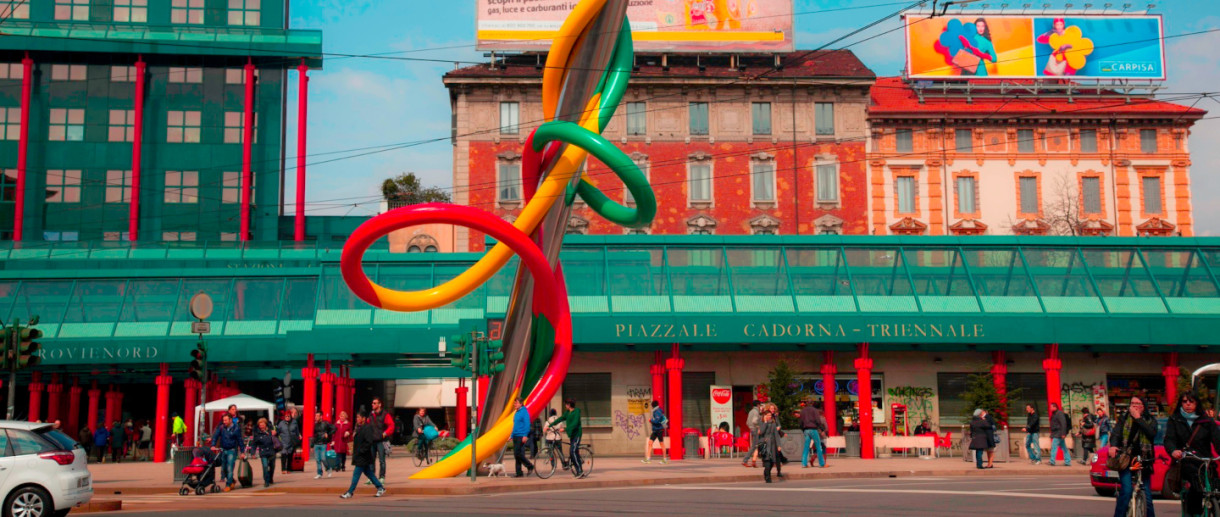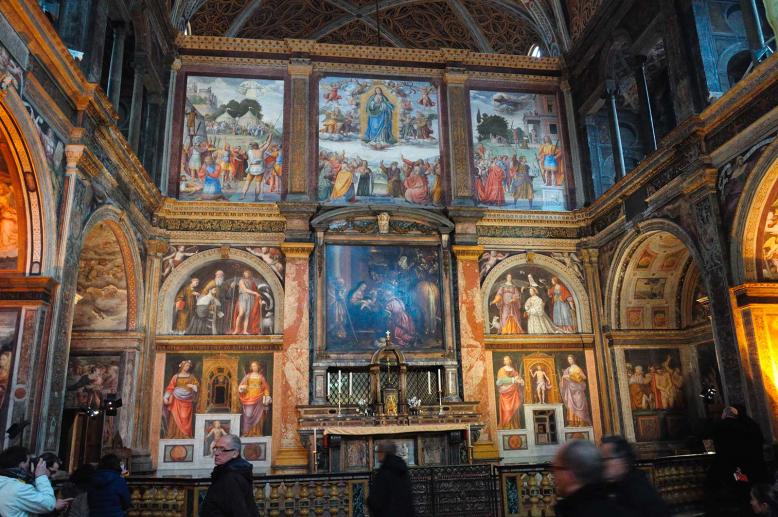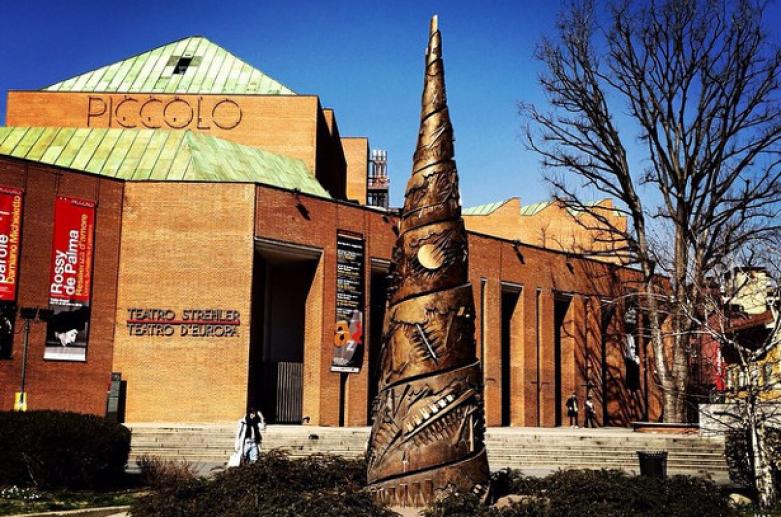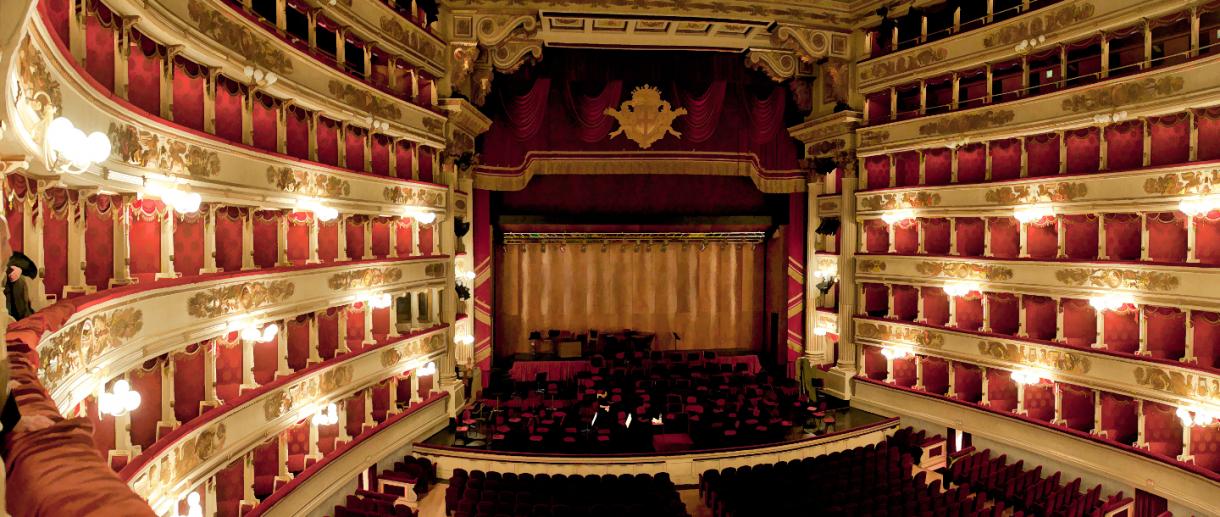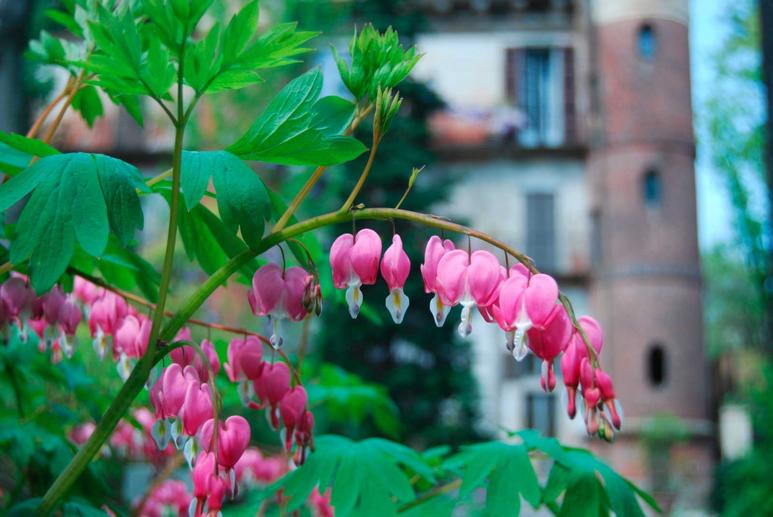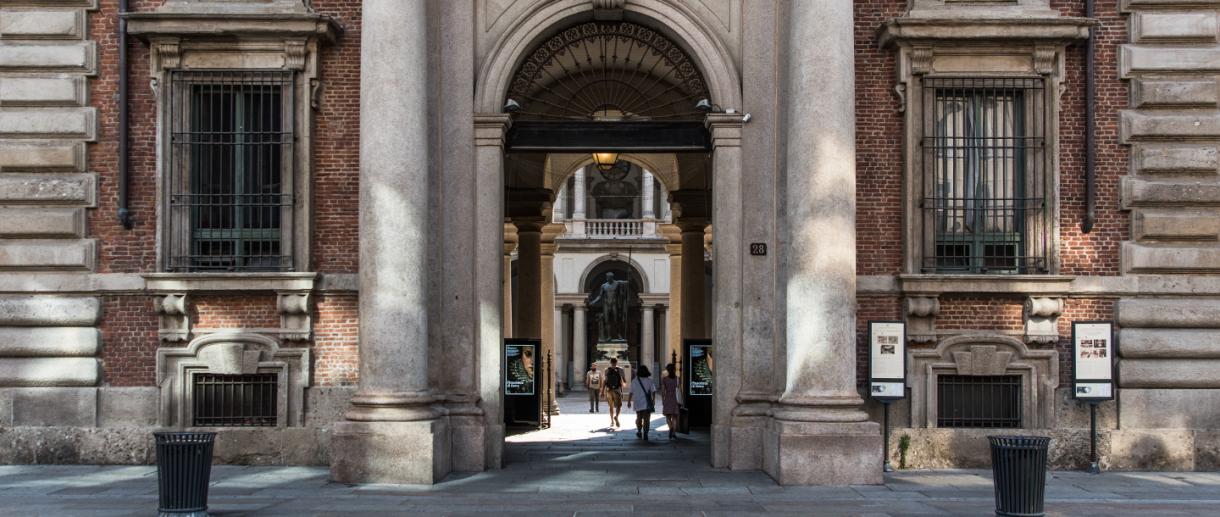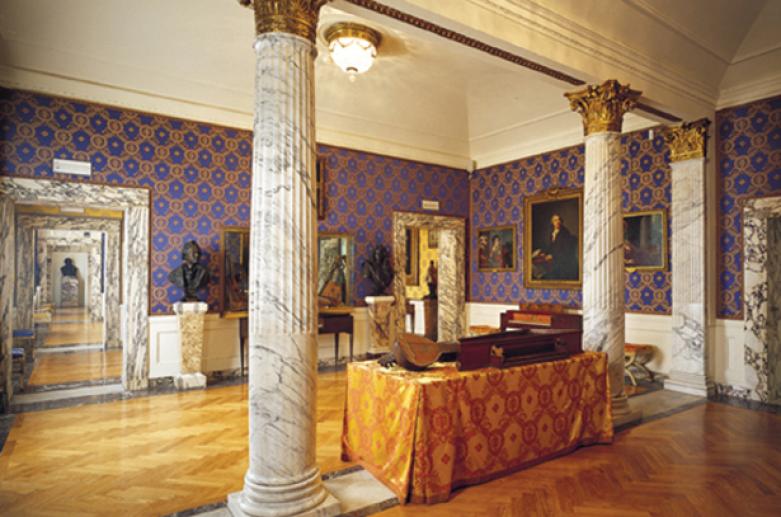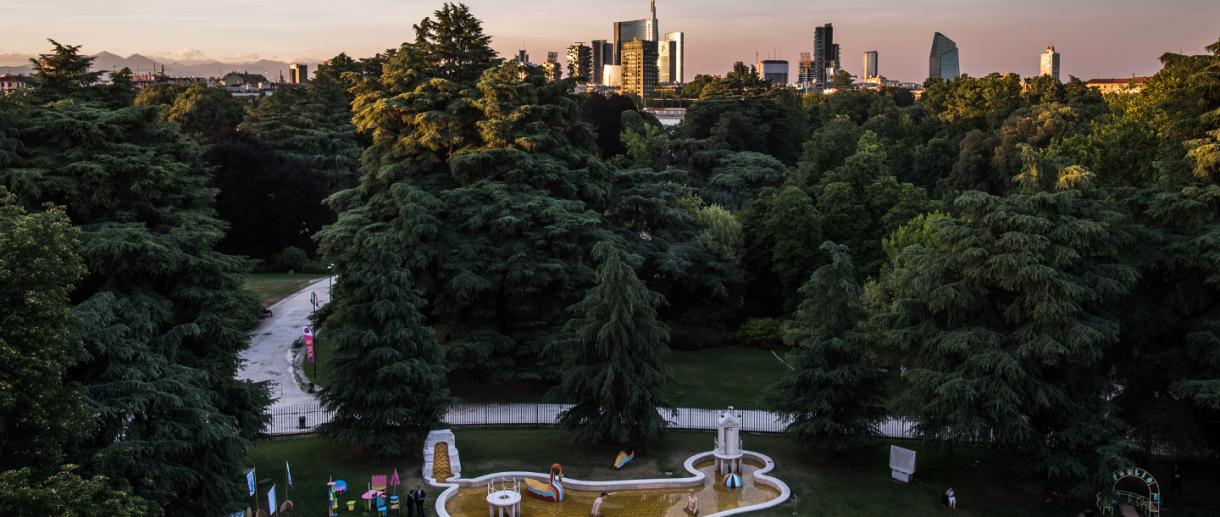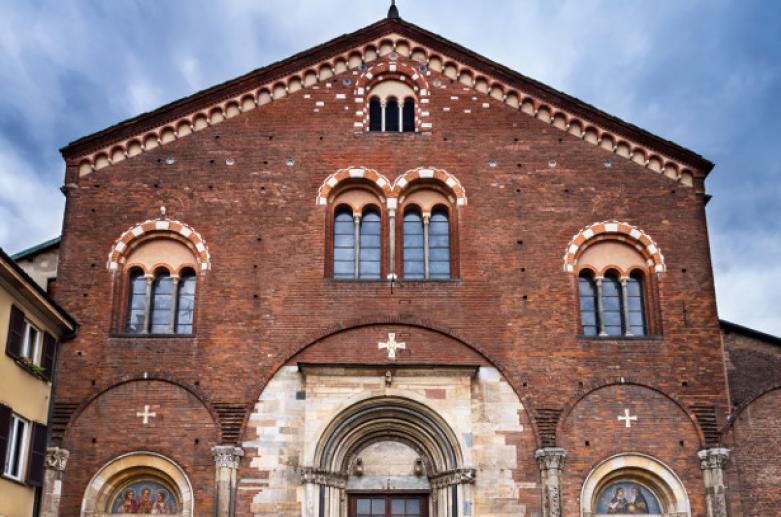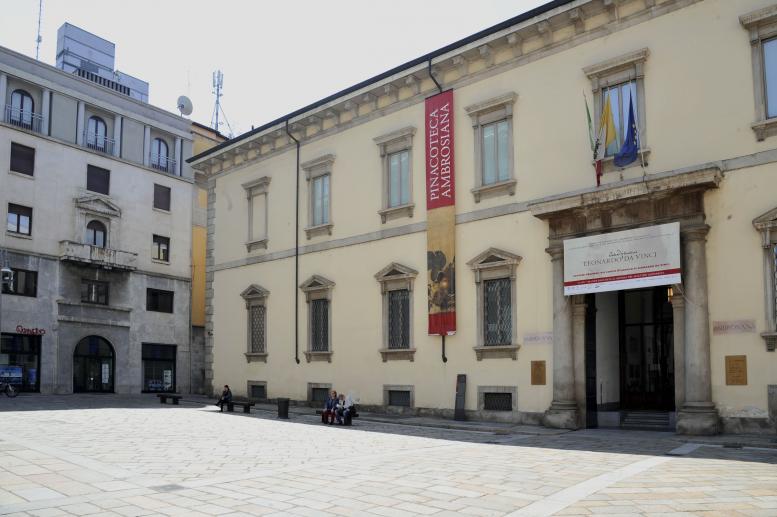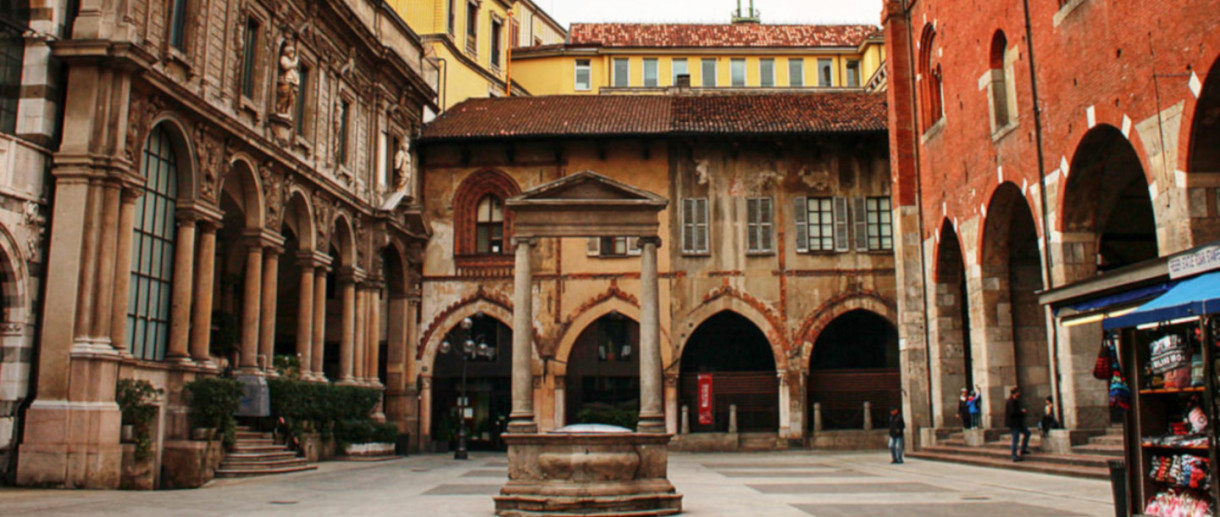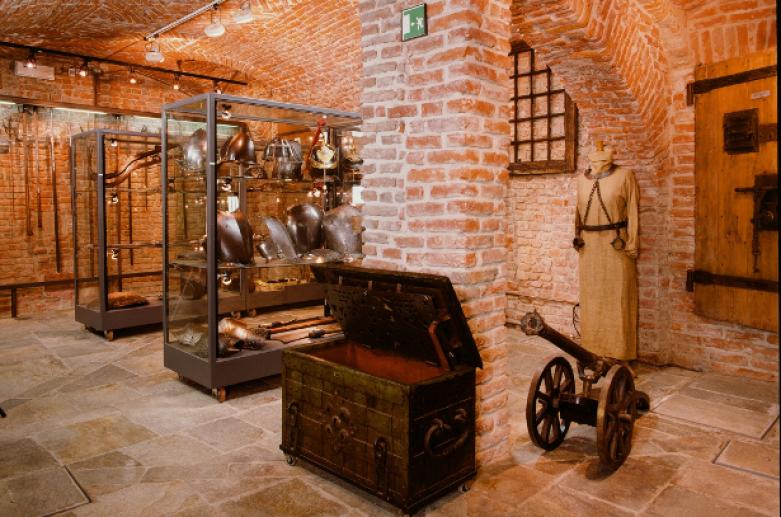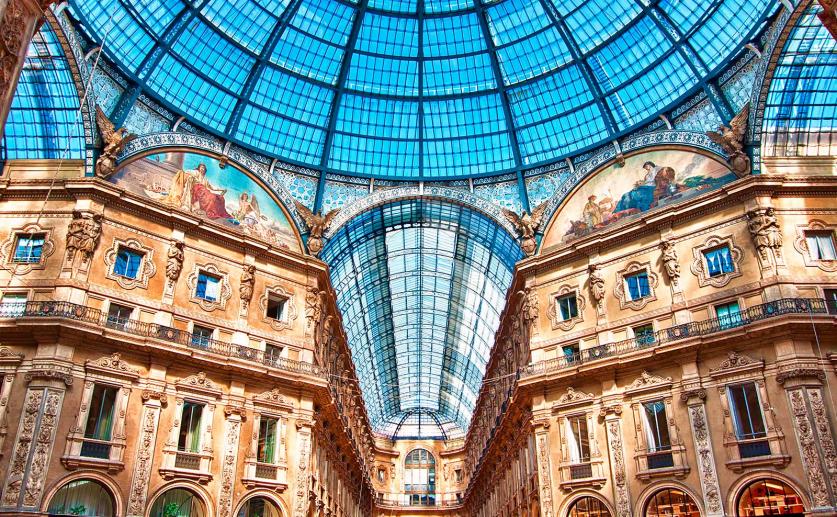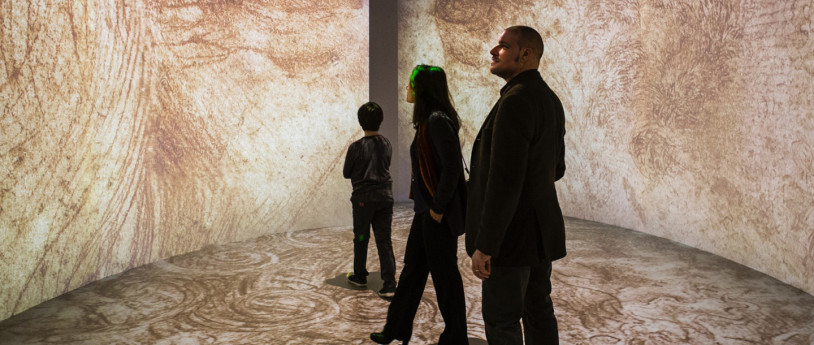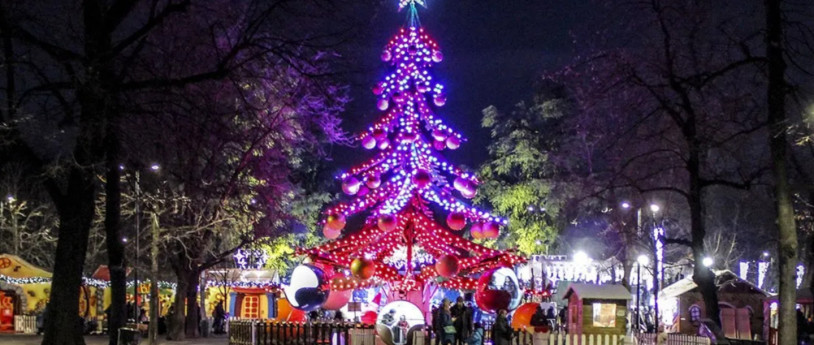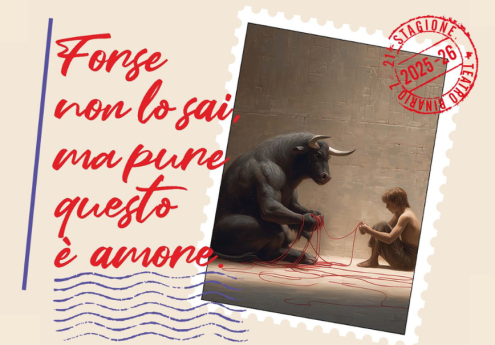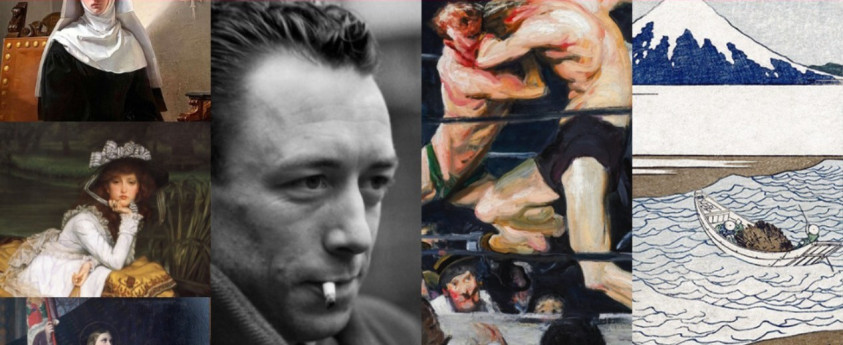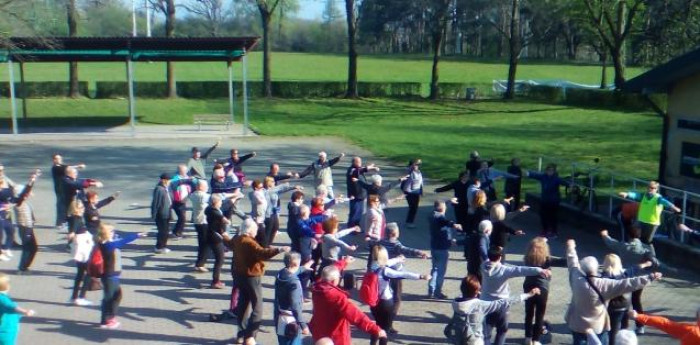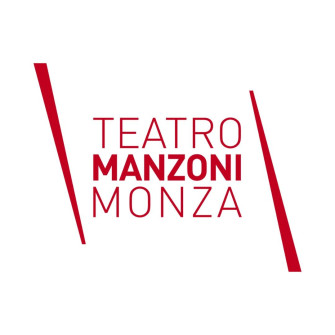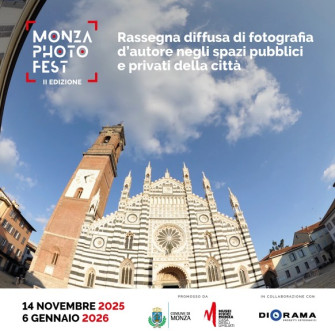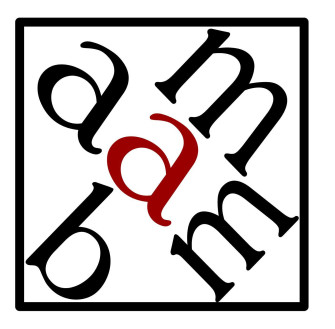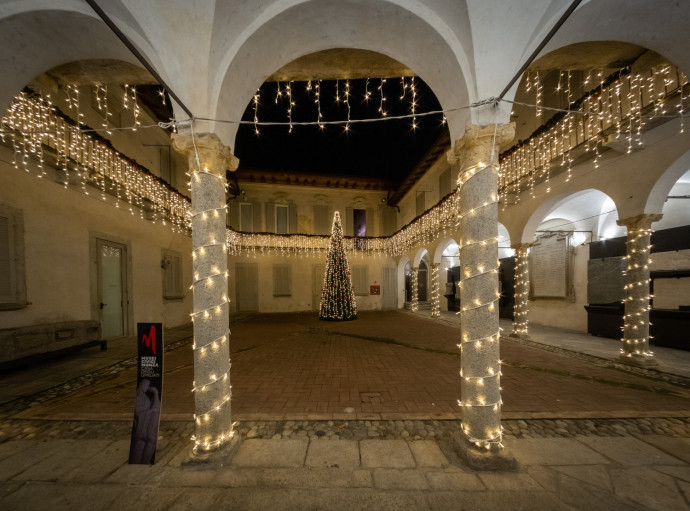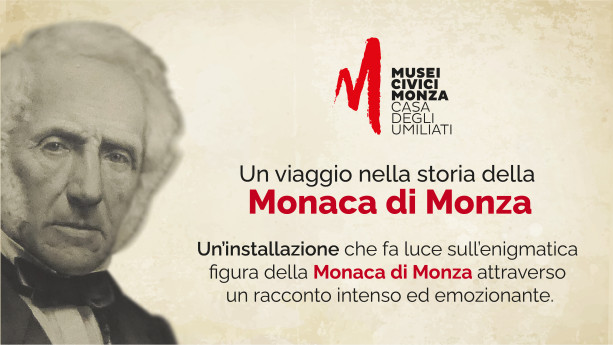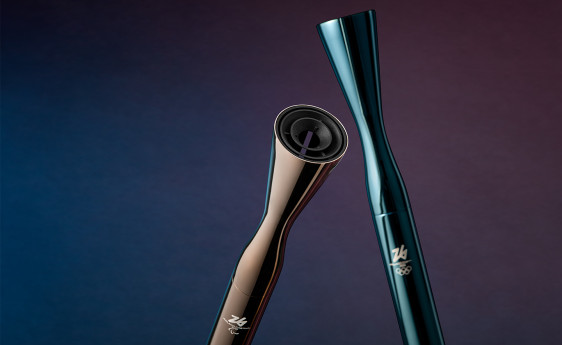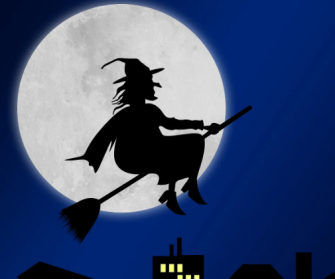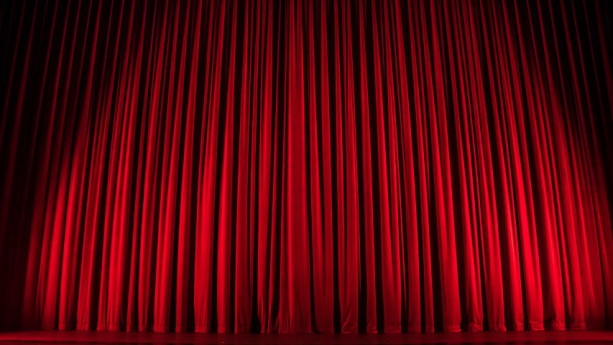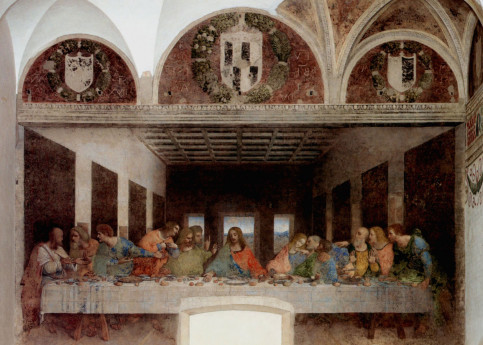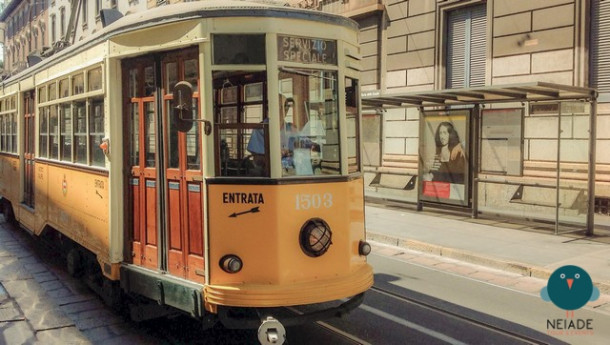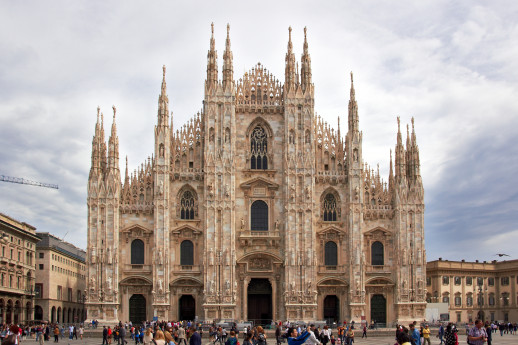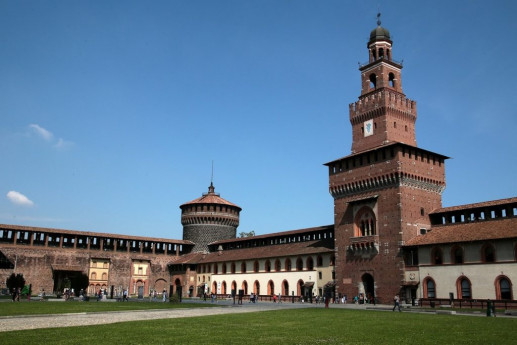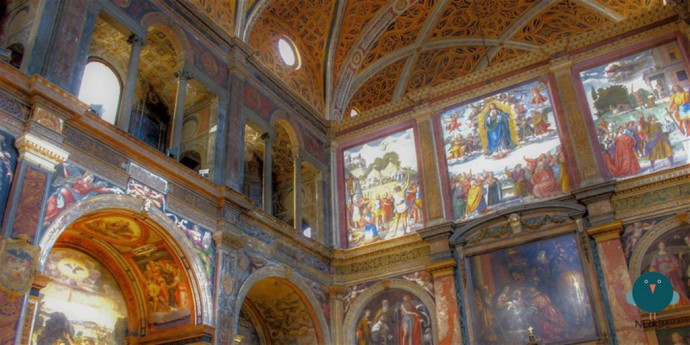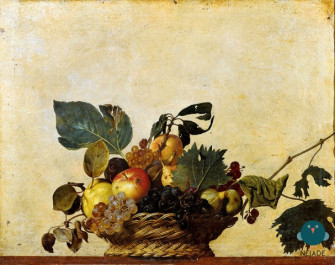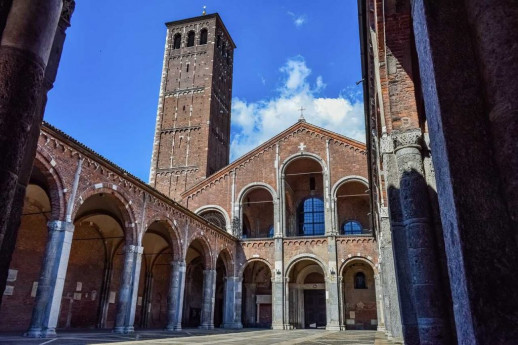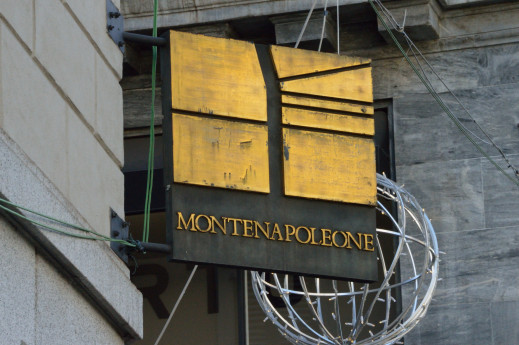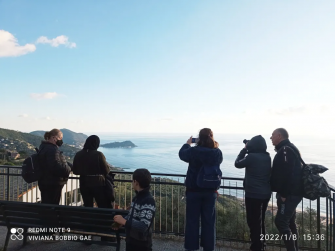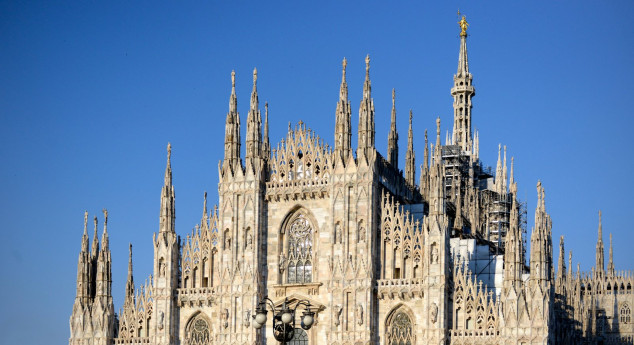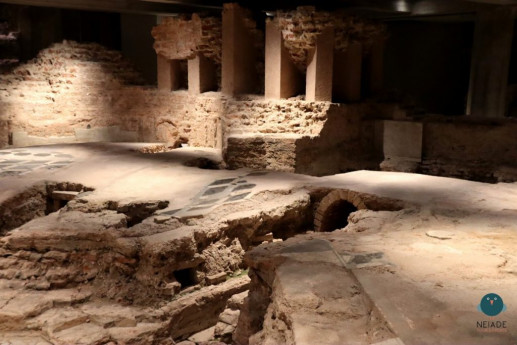- Religious Tourism
- Itinerari
Shrine of St. Mary of the Miracles near San Celso
The area encompassing the Church of San Celso and the Shrine of Santa Maria dei Miracoli (the Church of Santa Maria near San Celso is also called this) has been sacred since the origins of Christianity in Milan.
Here Bishop Ambrose, probably in 395-396, found the body of the martyr Nazarus and transported it to the "Basilica Apostolorum," which still bears the same name.
Instead, he left the body of St. Celsus on the site, in a small church dedicated to him.
So that the ground, which had held the bodies of the martyrs, would have a sacred sign, he had a niche built with the image of Our Lady.
The Benedictine monastery and Basilica of St. Celsus: a larger building was commissioned by the Archbishop of Milan, Landulf II, in 996-997.
Later, a Benedictine monastery was built to the right of the Basilica and the Benedictine monks were entrusted with the care of the whole complex.
The monastery was renovated several times until it was finally torn down in the 1930s.
And the old Romanesque Basilica next to the Shrine was reduced to about one-third, emphasizing the architectural volume of the Shrine.
The first Church in 1430: the Duke of Milan, Filippo Maria Visconti, commissioned the construction of a small building to protect the ancient Marian image.
During the rule of Duke Gian Galeazzo Sforza, on December 30, 1485, the annals record a miraculous apparition that coincided with the cessation of a painful plague.
The construction of the shrine
In 1493 Gian Giacomo Dolcebuono and Cristoforo Solari (1493) were commissioned to design a new building.
In the 1500s the shrine was further expanded and the altar dedicated to the Assumption, the retrochoir and the apses were built. Martino Bassi of Seregno made the wonderful floor.
The portico started by Cesariano (1513) was completed by Vincenzo Seregni (1556), while Galeazzo Alessi took care of the facade (1565-1568), whose decorations were made by Annibale Fontana and Stoldo Lorenzi (late 16th century).
The miracle of the year 1620: during the episcopate of Cardinal Federico Borromeo, the chronicles report the episode of the tearing of the fresco depicting "the Madonna between St. Nazaro and St. Celso" (a 14th-century painting, preserved in the pre-existing Church of San Nazaro al Campo, later demolished. This impressive sign for the people gave new life to the shrine, increasing its importance and the devotion of the Milanese.
The Crucifix of St. Charles: Inside the Sanctuary is preserved the Crucifix that St. Charles Borromeo carried in procession along the streets of Milan during the plague of 1576.
The decline and subsequent recovery of the complex: From the 18th century, the shrine went through a phase of decline and was turned into a warehouse. Only in the early 1900s did the shrine regain its importance, and in 1947 Card. Schuster entrusted its care to the Vicar Oblate Fathers.
On the occasion of the "Jubilee 2025 - Pilgrims of Hope," the Shrine of Santa Maria dei Miracoli was designated as the Jubilee Church of the Diocese of Milan.
To enhance the characteristic experience of the pilgrimage path, it can be reached by following the route directions of one of these Paths:
- Way of the Monks - www.nocetum.it
- Way of St. Columbanus - www.thecolumbanway.org
- Via Francigena Renana - www.iubilantes.it
Information on Jubilee Year initiatives at the Shrine at the website: www.santamariadeimiracoliesancelso.it

